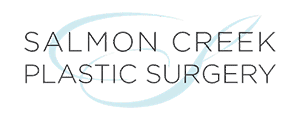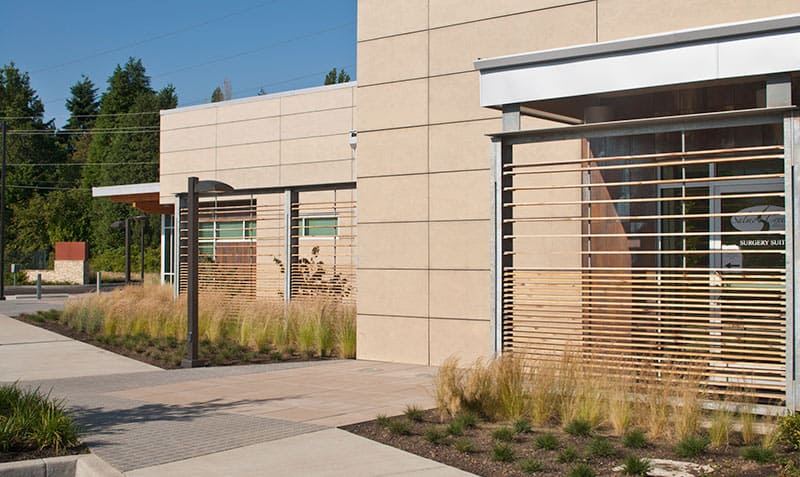Dr. Jane Namkung Describes Breast Reduction Surgery
Techniques for breast reduction vary, but the most common procedure involves an anchor-shaped incision that circles the areola, extends downward, and follows the natural curve of the crease beneath the breast. The surgeon removes excess glandular tissue, fat, and skin, and moves the nipple and areola into their new position. He or she then brings the skin from both sides of the breast down and around the areola, shaping the new contour of the breast. Liposuction may be used to remove excess far from the armpit area.
In most cases, the nipples remain attached to their blood vessels and nerves. However, if the breasts are very large or pendulous, the nipples and areolas may have to be completely removed and grafted into a higher position. (This will result in loss of sensation in the nipple and areolar tissue.)
Stitches are usually located around the areola, in a vertical line extending downward, and along the lower crease of the breast. In some cases, techniques can be used that eliminate the vertical part of the scar. And occasionally, when only fat needs to be removed, liposuction alone can be used to reduce breast size, leaving minimal scars.
What is breast reduction recovery like?
When you are recovering from a breast reduction, you won’t feel like doing a lot for the first few days. If drains are used, they will often be removed after just a few days.”
- Bathroom: You will be able to take care of yourself in the bathroom, just be careful of your drains.
- Sleeping: You will be more comfortable sleeping on your back for the first week or two.
- Showering: You will be able to shower after two days (even with the drains in place). You will want to stand with your back to the shower.
- Driving: You will be able to drive once you are no longer on narcotic pain medication.
- Exercise: You will be able to do start low impact exercise in one week, such as walking
or sitting on a stationary bike. Patients may resume higher-impact exercises such as
jogging or aerobics after four weeks in a good supportive sports bra. - Pain control: Most patients will need prescription pain medication for the first few days
after surgery only. We encourage patients to take ibuprofen or Aleve regularly and their
prescription pain medication only as needed.
Additional Information
Before & After Galleries
Other Breast Procedures
Ready to Talk?
Call Us At (360) 823-0860 Or Click The Button Below To Request a Consultation.

